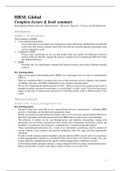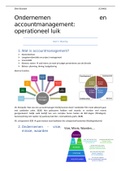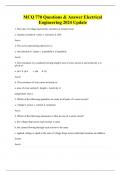Samenvatting
Human Resource Management: A Global Perspective Complete Summary
- Instelling
- Vrije Universiteit Amsterdam (VU)
This is a complete summary of the lecture slides / notes and key points from the book for the course HRM Practices: a global perspective for 2nd year IBA students from Vrije Universiteit Amsterdam. It includes the required chapters from the book (Ch 1, 4, 5, 7, 8, 9, 10, 11, 14 and 15) as well as ...
[Meer zien]














